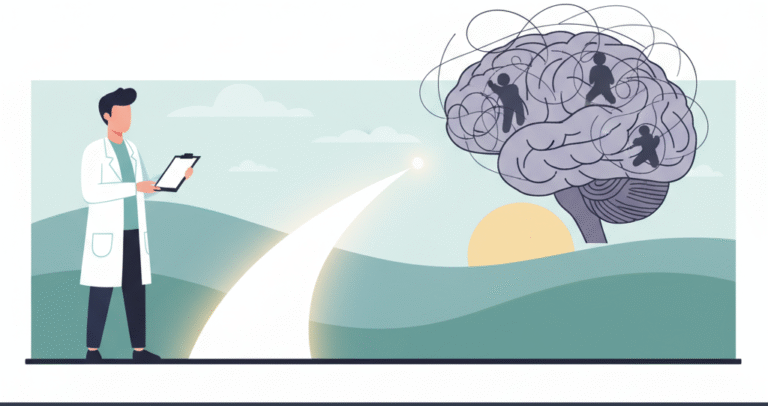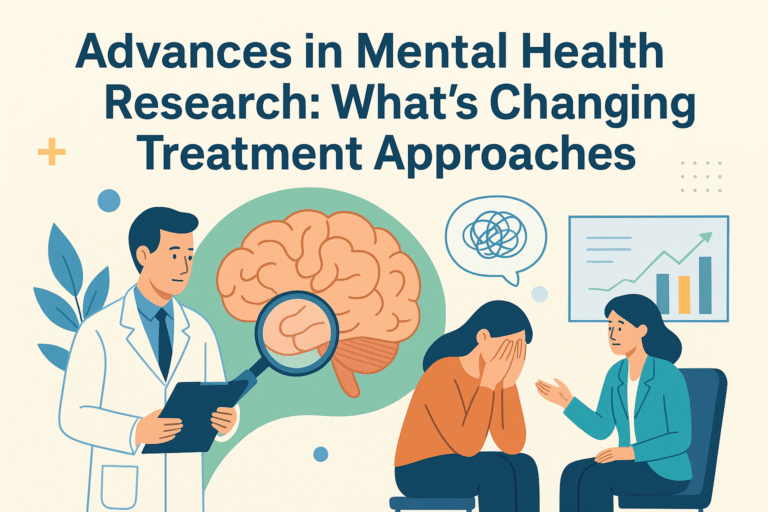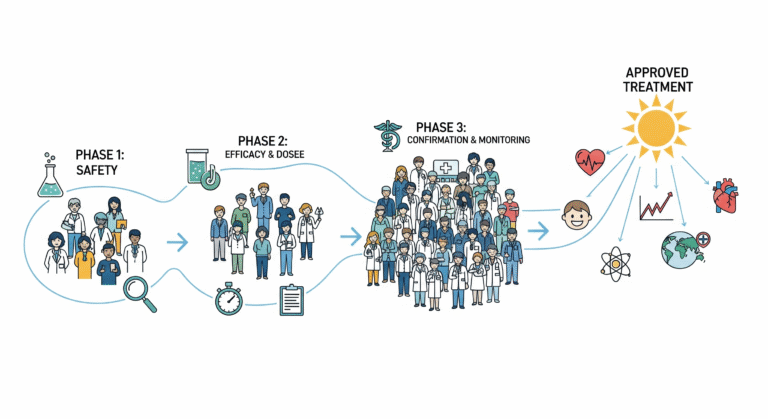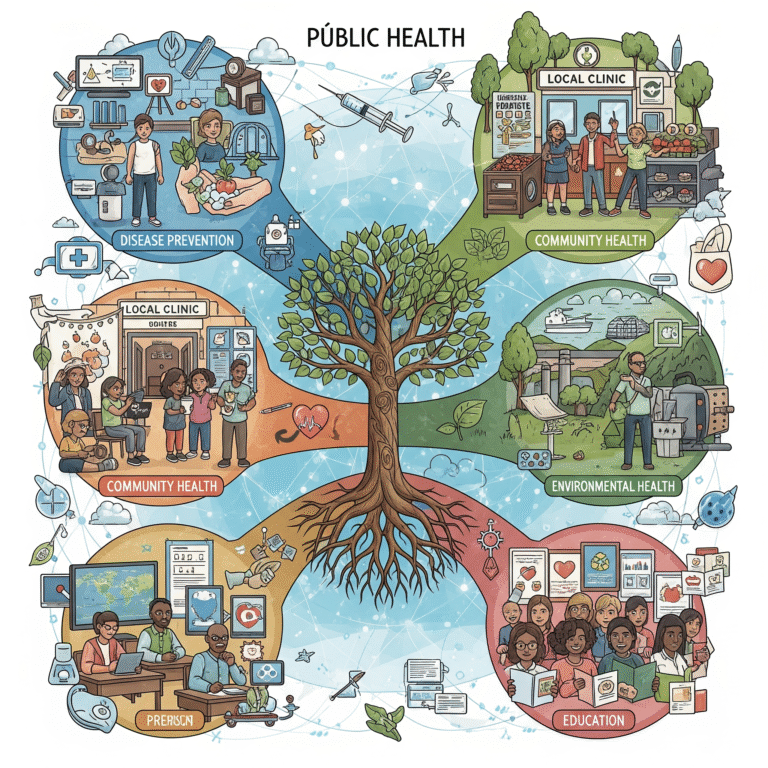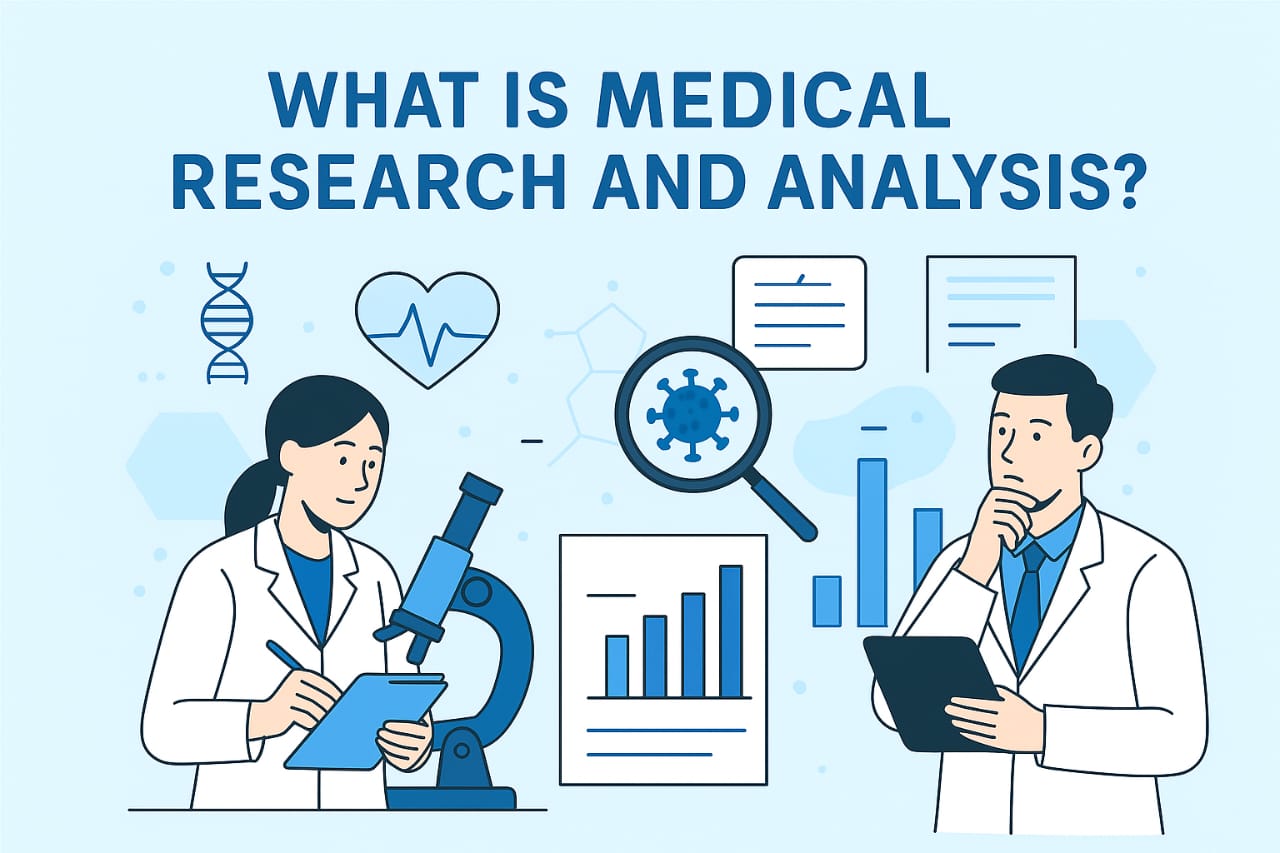
What is Medical Research and Analysis? A Comprehensive Guide
Medical research and analysis form the foundation of modern healthcare. They are the processes through which knowledge is generated, evaluated, and applied to improve human health, prevent diseases, and develop new treatments. Without medical research and rigorous analysis, healthcare would remain stagnant, relying on outdated practices rather than advancing through science and evidence.
In today’s rapidly evolving world, where pandemics, chronic illnesses, and emerging health challenges continue to affect millions, the importance of medical research and analysis has never been greater. This article explores what medical research and analysis mean, their types, methods, applications, challenges, and their role in shaping the future of medicine
1. Defining Medical Research and Analysis
1.1 What is Medical Research?
Medical research refers to the systematic investigation and study conducted to generate new knowledge about health, disease, treatments, and preventive strategies. It includes laboratory studies, clinical trials, public health research, and policy-driven investigations. The ultimate goal of medical research is to improve patient outcomes, develop new therapies, and advance healthcare systems globally.
1.2 What is Medical Analysis?
Medical analysis is the process of evaluating, interpreting, and applying the data generated from research. Analysis ensures that findings are accurate, reliable, and meaningful. It involves statistical methods, critical appraisal, data interpretation, and applying results to clinical or public health practice.
Together, research and analysis create a feedback loop: research produces data, and analysis makes sense of that data, leading to actionable knowledge.
2. Importance of Medical Research and Analysis
Improved Patient Care: Medical research leads to better diagnostic methods, treatments, and preventive care strategies.
Evidence-Based Practice: Research provides the evidence upon which clinical guidelines and healthcare decisions are based.
Innovation in Healthcare: New drugs, medical devices, and technologies arise from research.
Public Health Impact: Analysis of population health data informs policies, vaccination strategies, and disease control programs.
Global Preparedness: Lessons from research (like during COVID-19) prepare us for future health crises.
3. Types of Medical Research
3.1 Basic Research
Conducted in laboratories, this type of research explores fundamental biological processes, often at molecular or cellular levels. For example, studying how viruses infect cells.
3.2 Clinical Research
Involves human participants and aims to evaluate new treatments, drugs, medical devices, or interventions. Clinical research is often divided into phases (Phase I–IV trials).
3.3 Epidemiological Research
Focuses on patterns, causes, and effects of health and disease conditions in populations. It helps identify risk factors and preventive strategies.
3.4 Translational Research
Known as “bench-to-bedside,” this type of research translates laboratory findings into real-world medical applications.
3.5 Health Systems and Policy Research
Examines how healthcare is delivered, financed, and organized to improve efficiency and access.
4. The Process of Medical Research
Medical research is not a random exploration; it follows a structured methodology:
- Identifying a Problem or Research Question
- Reviewing Literature and Existing Knowledge
- Designing the Study (experimental, observational, etc.)
- Collecting Data (clinical trials, surveys, lab work)
- Analyzing Data (using statistical and computational methods)
- Drawing Conclusions and Making Recommendations
- Publishing Findings in Peer-Reviewed Journals
- Applying Knowledge in Practice or Policy
5. What is Medical Analysis in Research?
Medical analysis goes beyond simple data collection. It ensures that research findings are valid, reproducible, and applicable.
5.1 Statistical Analysis
Includes descriptive statistics (means, percentages), inferential statistics (hypothesis testing, regression), and advanced modeling (machine learning, predictive analytics).
5.2 Critical Appraisal
Analyzing whether a study was well-designed, whether its conclusions are justified, and whether it can be applied to patient care.
5.3 Systematic Reviews and Meta-Analyses
By pooling data from multiple studies, researchers can draw stronger conclusions about treatments, risks, or interventions.
5.4 Data Interpretation
Turning numbers into meaningful knowledge, such as understanding whether a new drug truly lowers mortality rates or if results occurred by chance.
6. Applications of Medical Research and Analysis
Drug Development: From lab experiments to clinical trials.
Diagnostics: Development of imaging technologies, lab tests, and biomarkers.
Disease Prevention: Vaccination programs and lifestyle interventions.
Healthcare Policy: Data-driven decisions for national health strategies.
Digital Health: Using big data and AI to predict disease outbreaks.
7. Challenges in Medical Research and Analysis
Ethical Concerns: Involving human participants requires informed consent and ethical approval.
Funding Limitations: Research is resource-intensive and costly.
Bias in Research: Publication bias, sampling bias, and conflicts of interest can distort findings.
Data Privacy: Protecting patient information is crucial.
Global Inequities: Low-income countries often lack resources for robust research.
8. Future of Medical Research and Analysis
The future will be shaped by innovation and technology:
Artificial Intelligence: Machine learning will enhance data analysis and diagnostic accuracy.
Genomics & Personalized Medicine: Treatments tailored to genetic profiles.
Telemedicine Research: Evaluating digital healthcare delivery methods.
Global Collaboration: Shared databases and research networks.
Pandemic Preparedness: Strengthening global health systems against future outbreaks.
9. Conclusion
Medical research and analysis are the twin pillars of progress in healthcare. Research generates new insights into health and disease, while analysis transforms these insights into practical applications. From developing vaccines and life-saving drugs to improving public health strategies, the combined power of research and analysis continues to drive innovation and safeguard global health.
As we move forward into an era shaped by digital health, artificial intelligence, and personalized medicine, the role of medical research and analysis will only grow more critical. By investing in research capacity, fostering collaboration, and ensuring ethical and inclusive practices, humanity can build a healthier, more resilient future.

